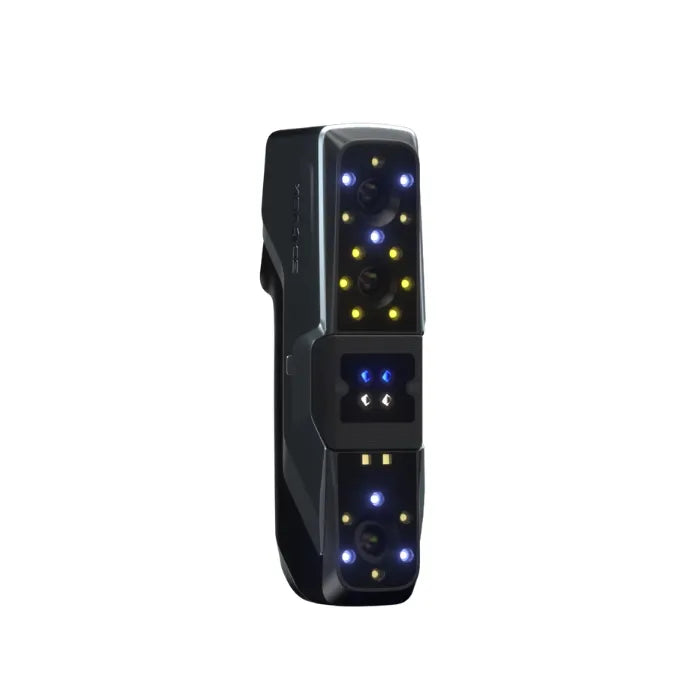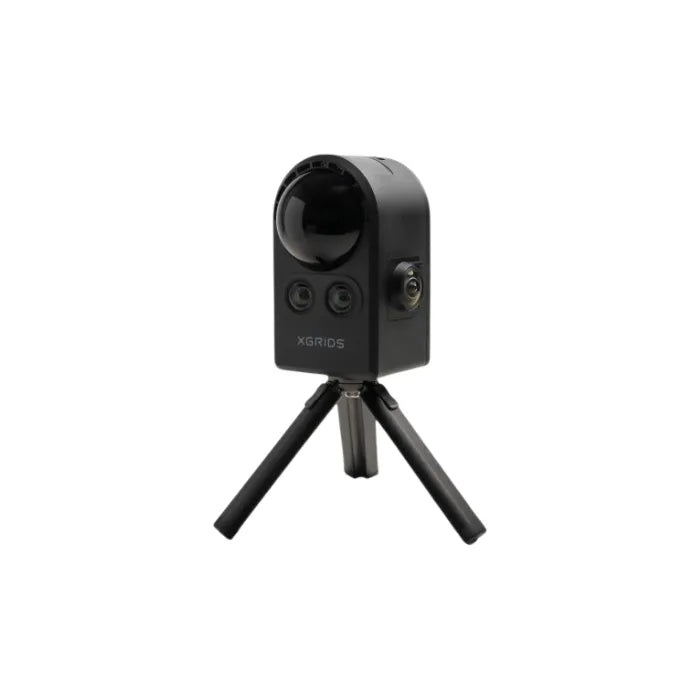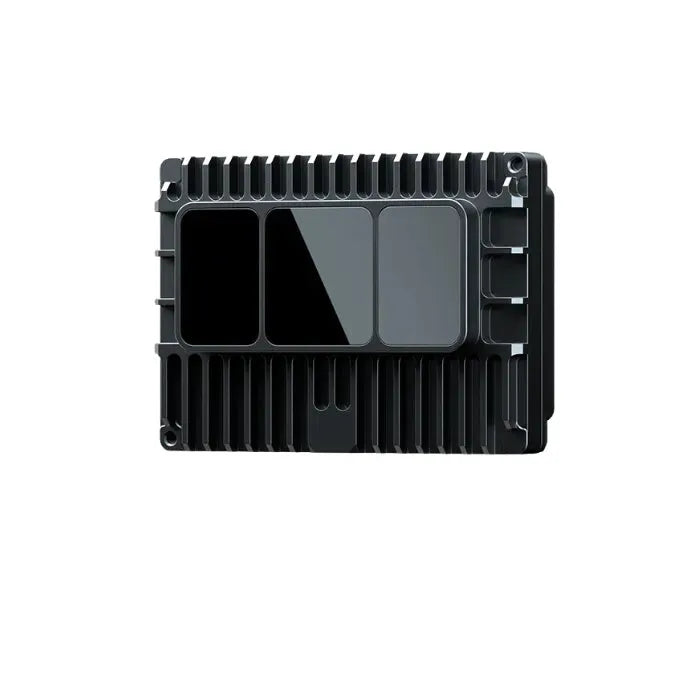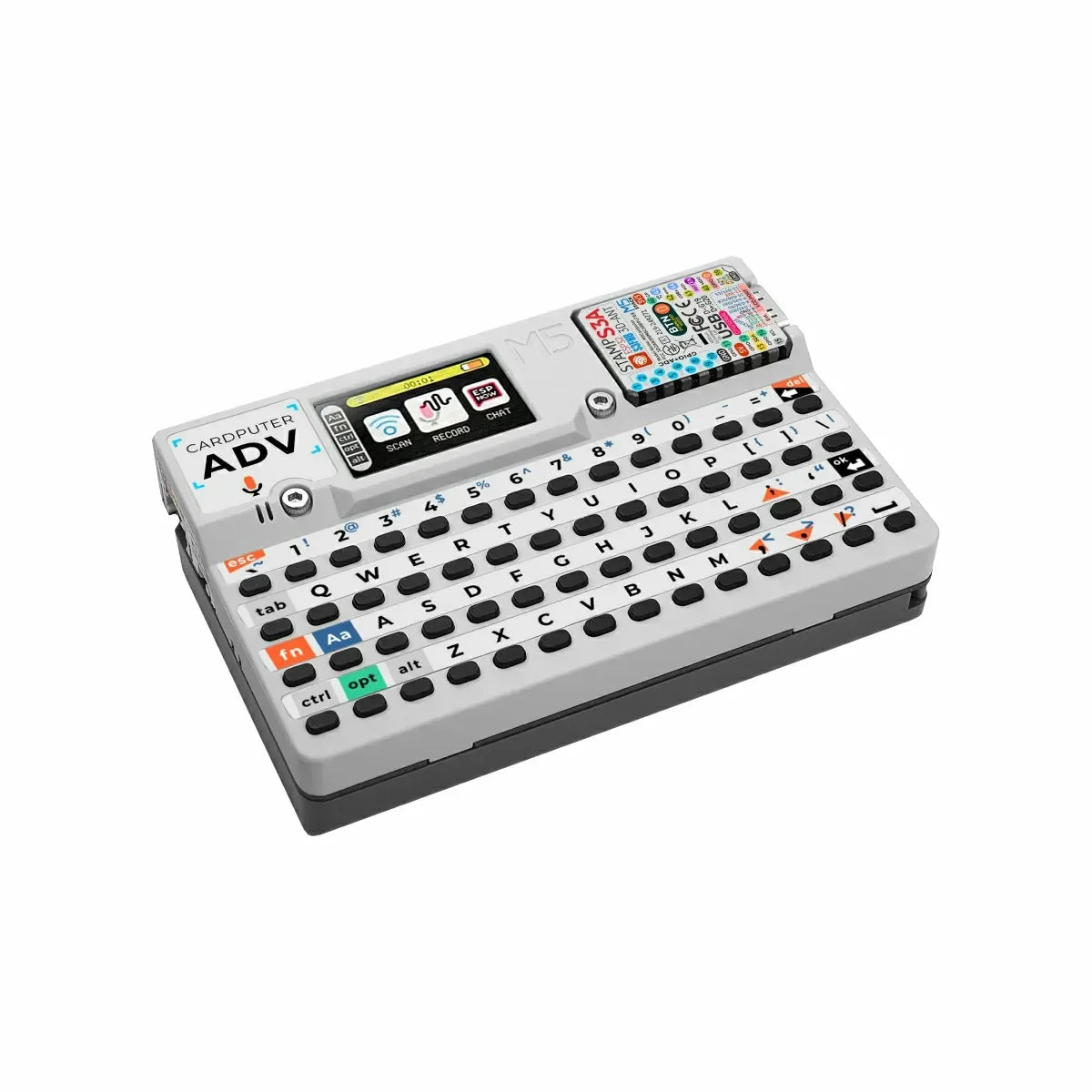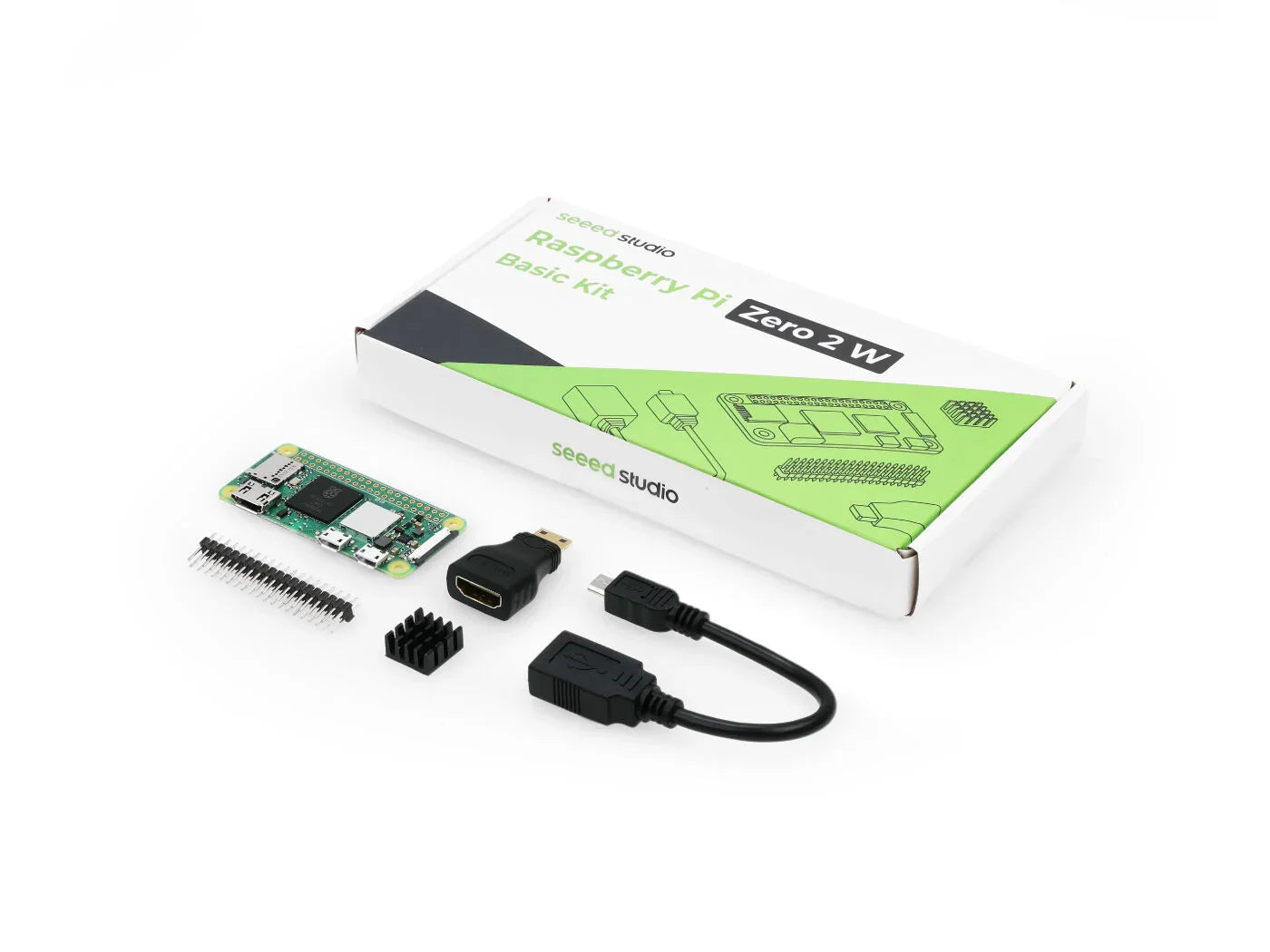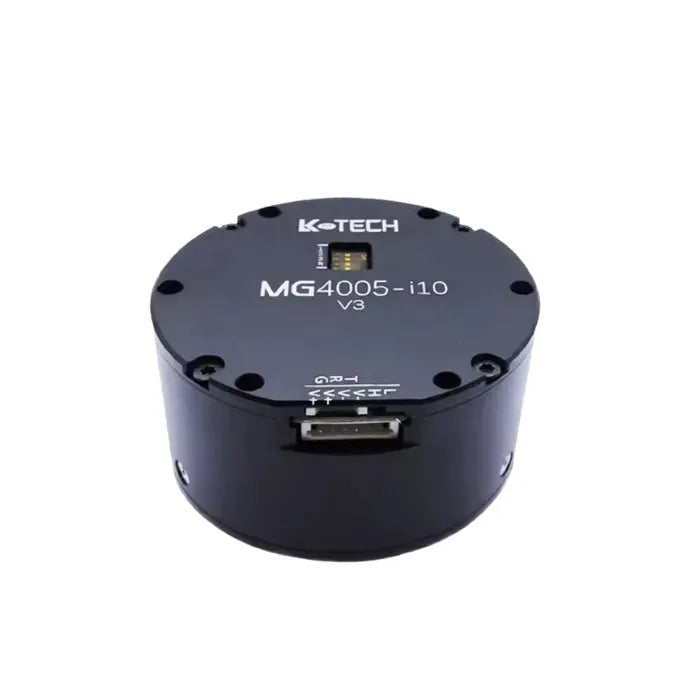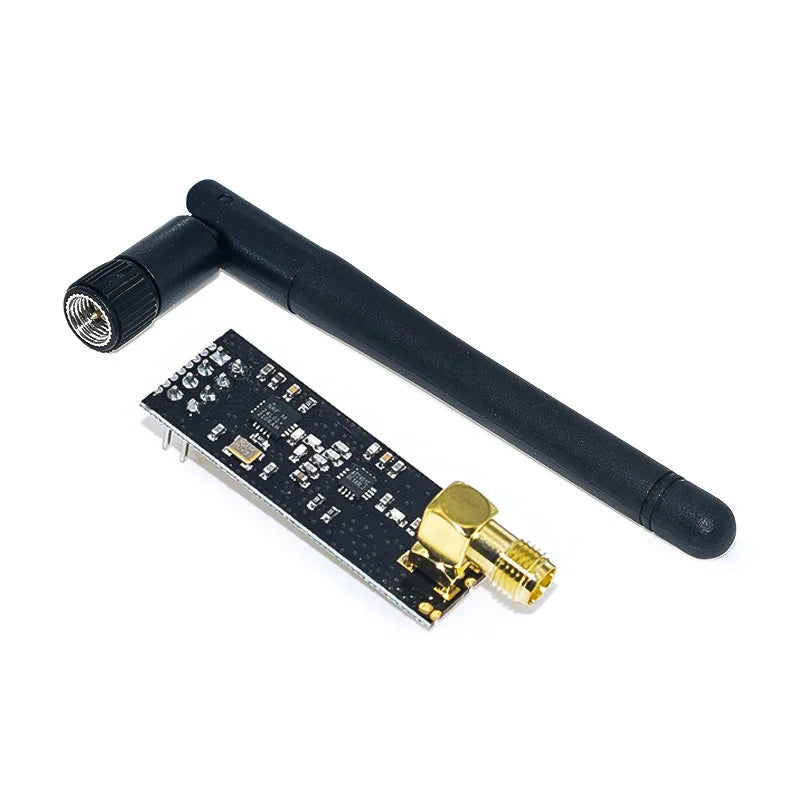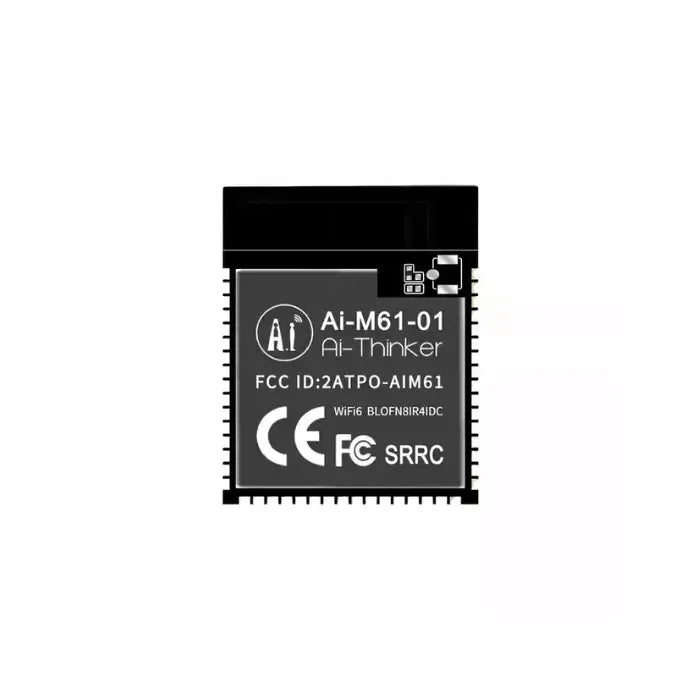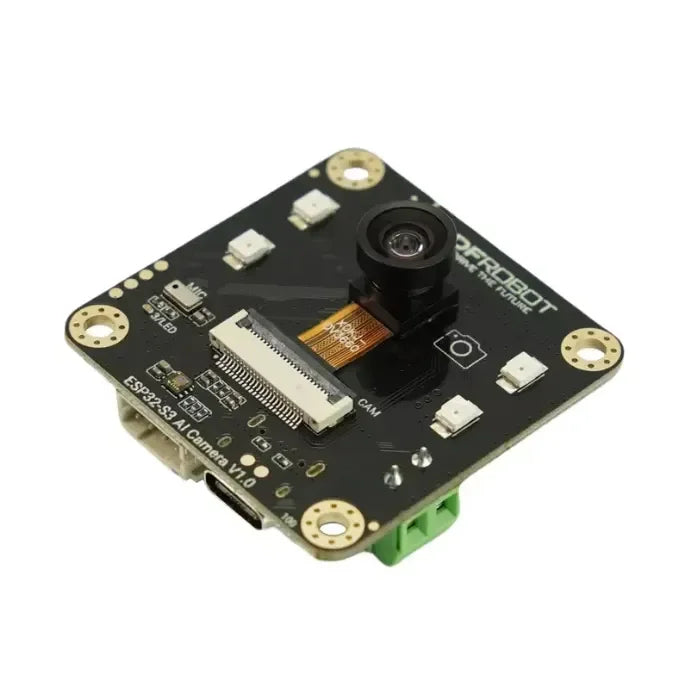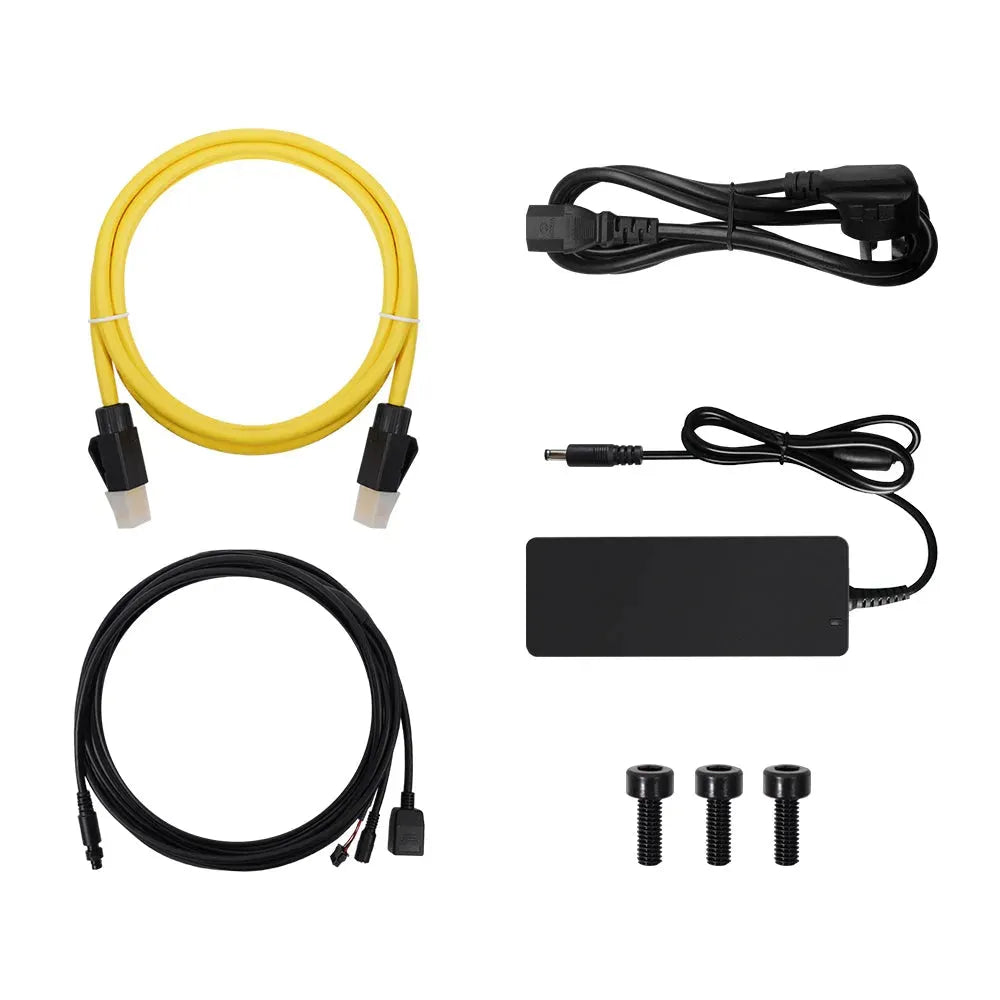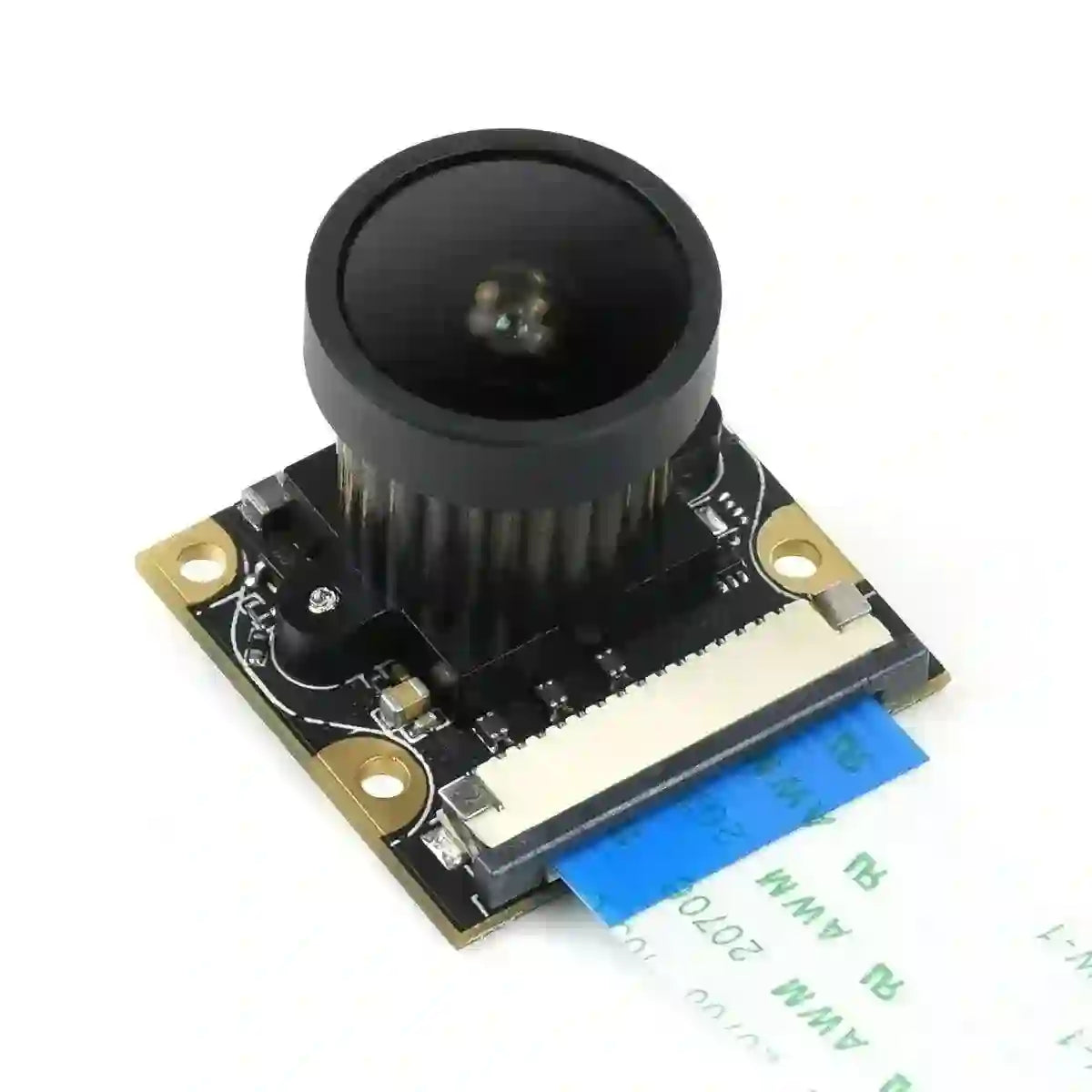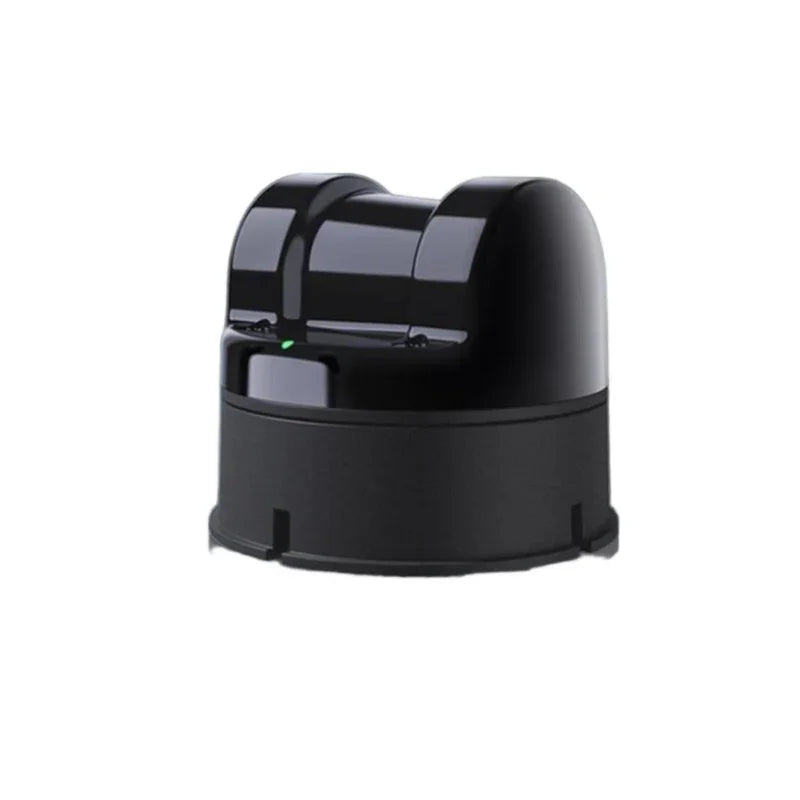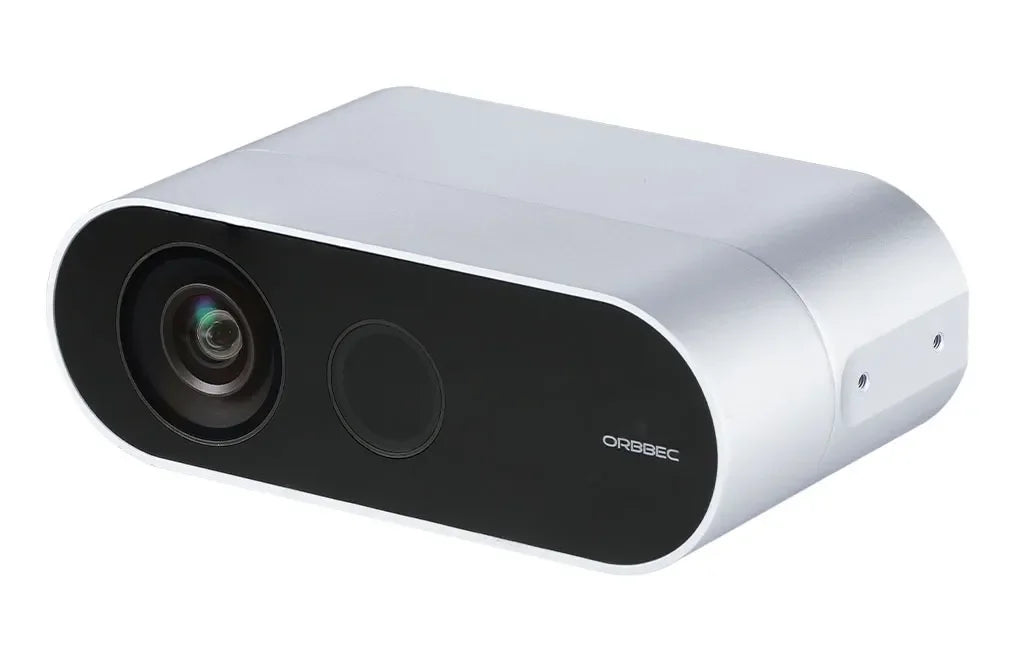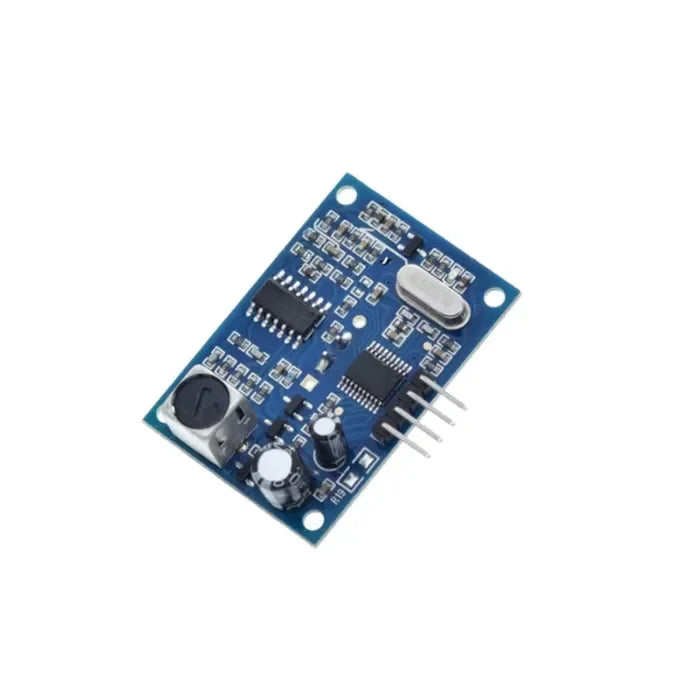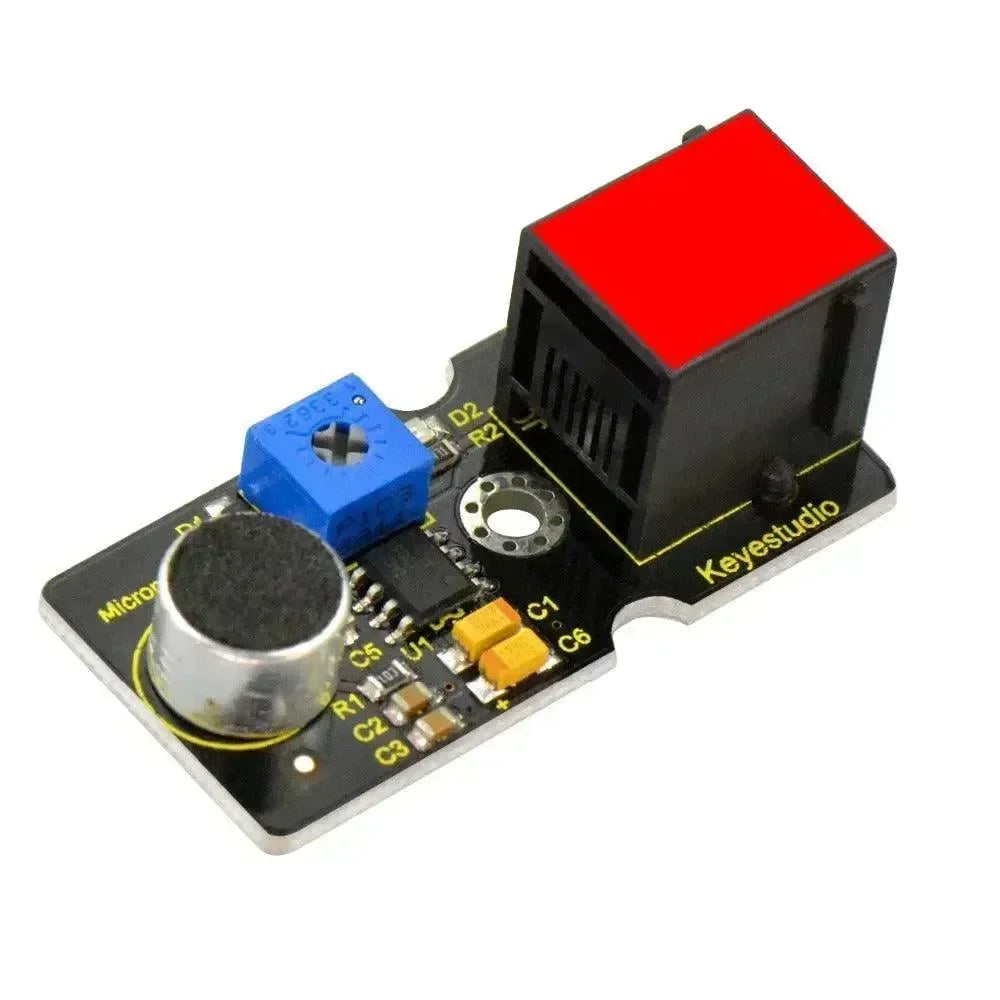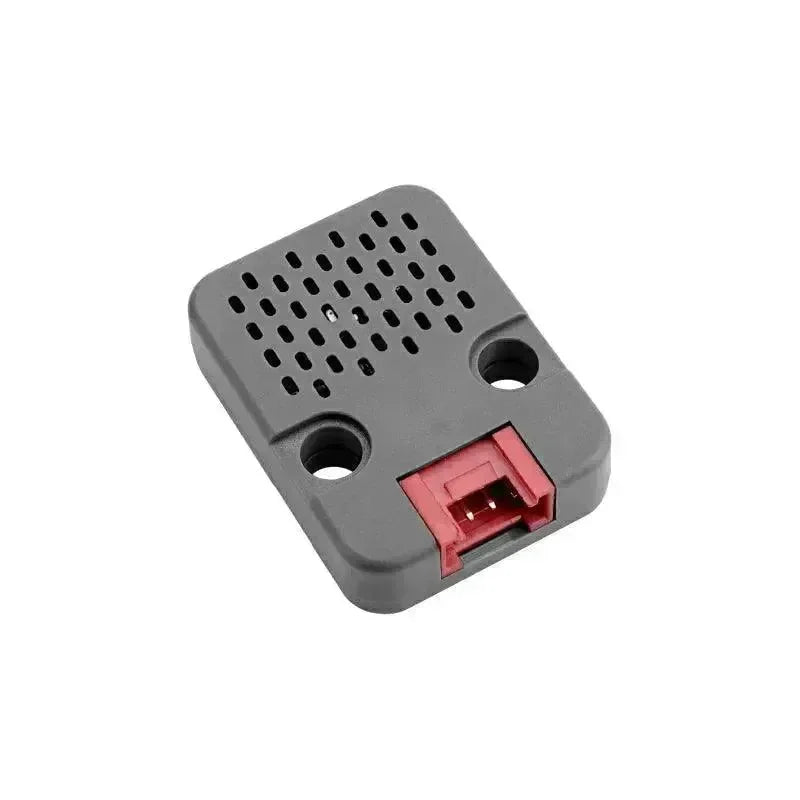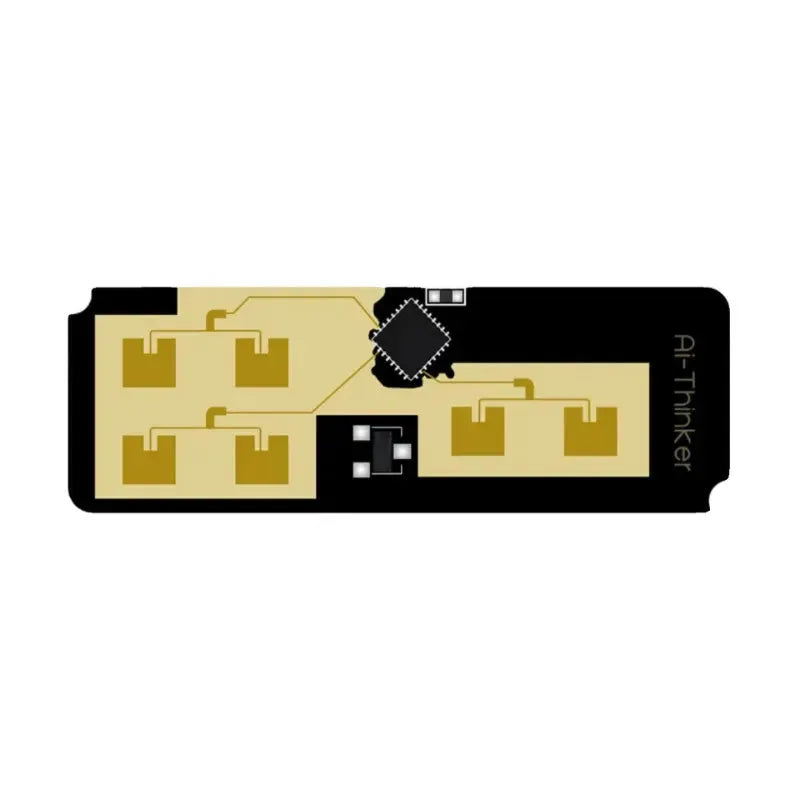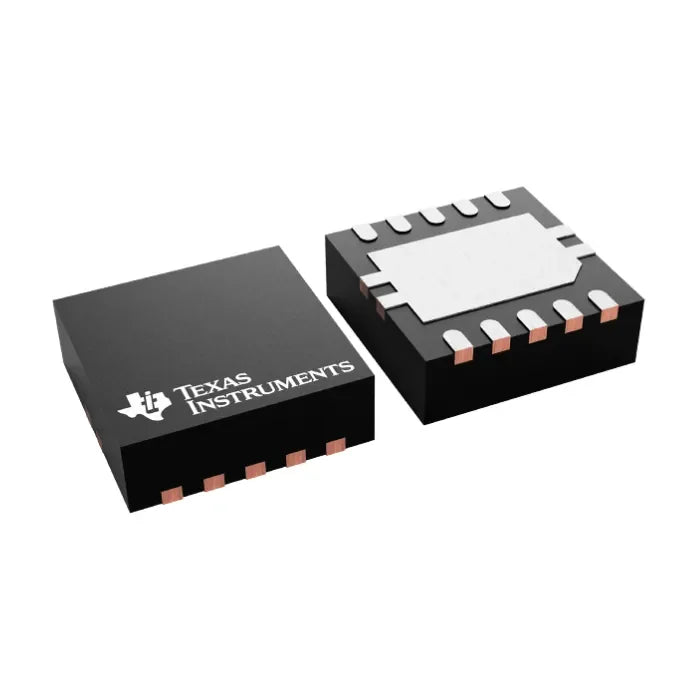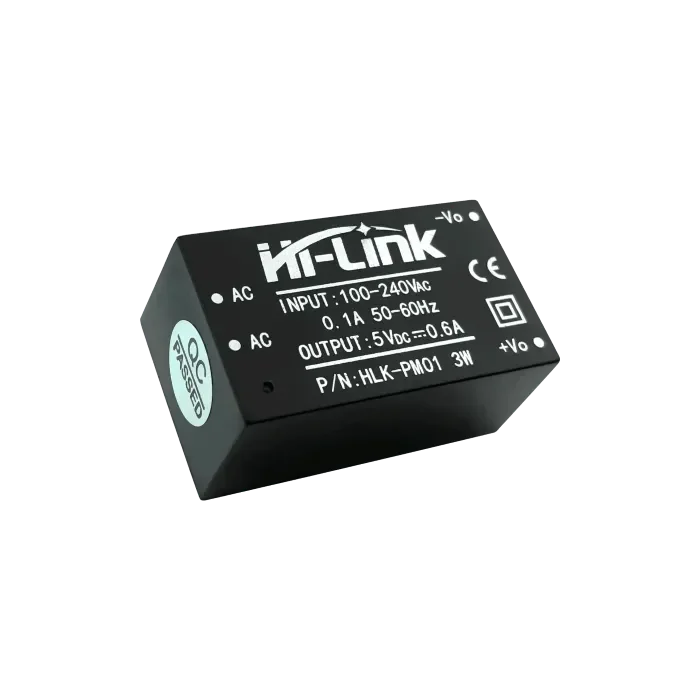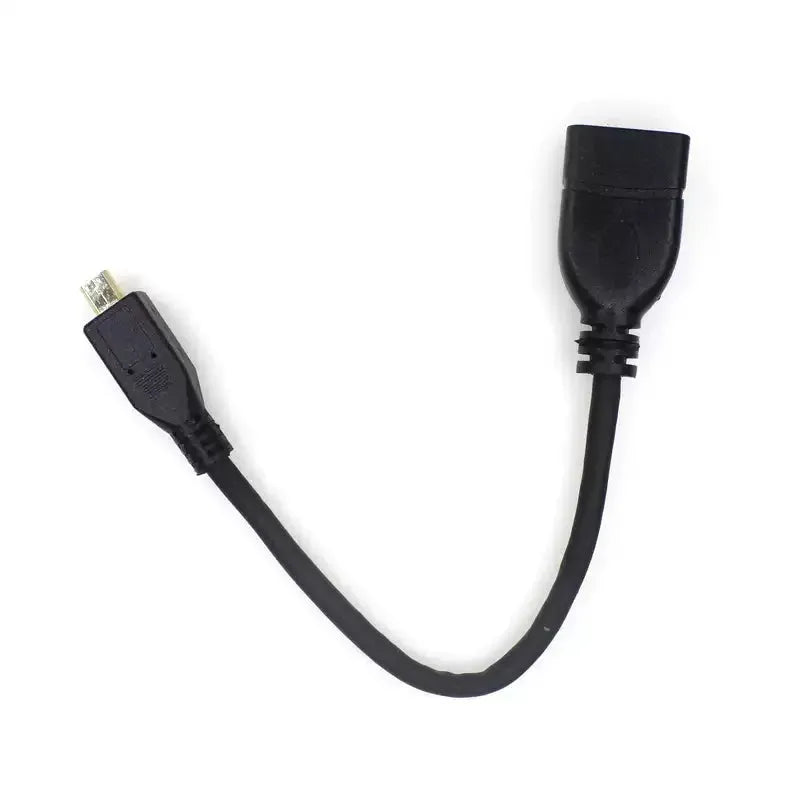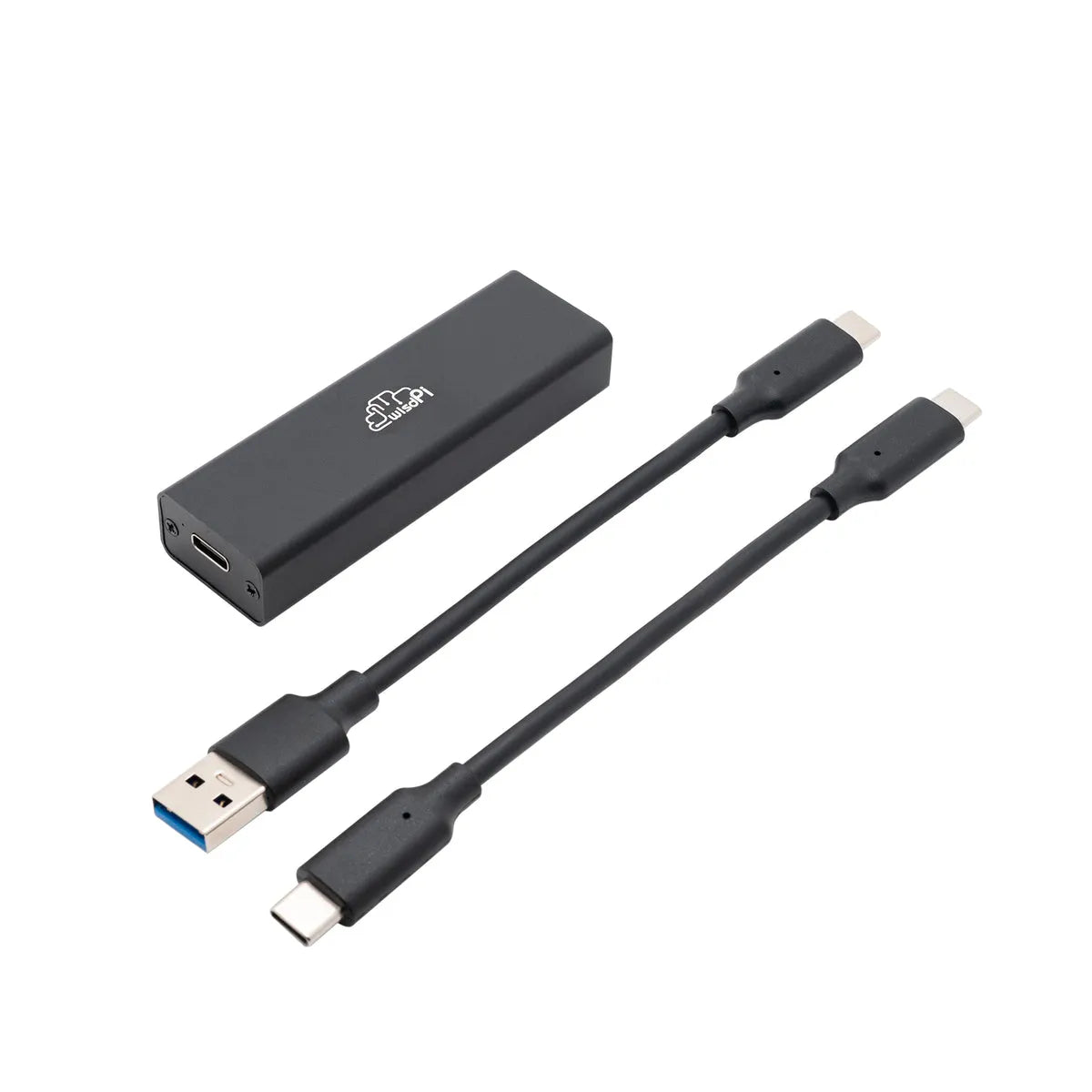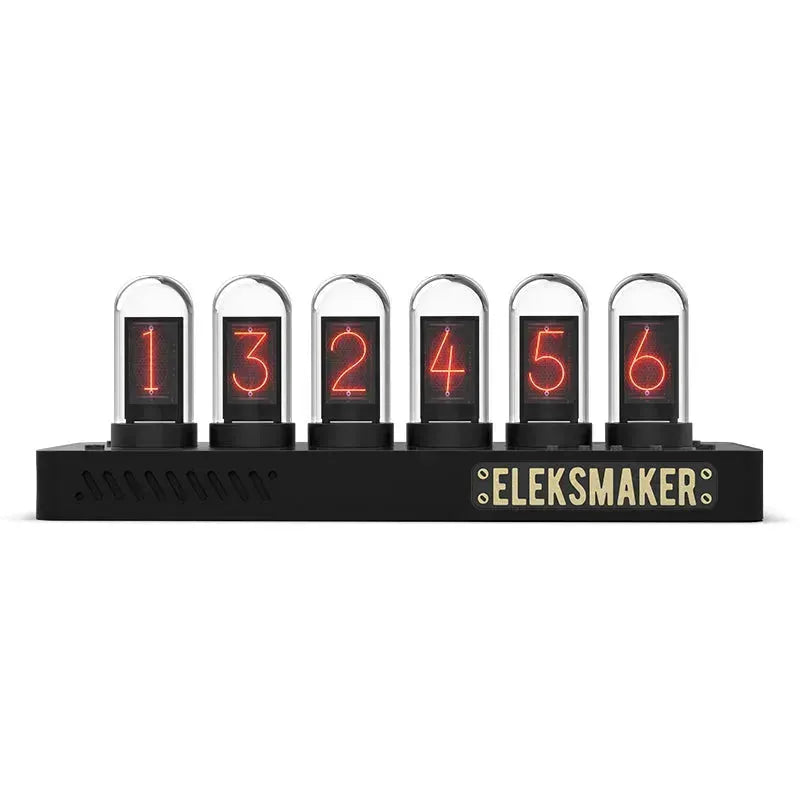Overview of NGHTTP2
NGHTTP2 is a C-language implementation of the HTTP/2 protocol, providing essential components such as the HTTP/2 framing layer, client, server, and proxy programs. Originally developed based on RFC 7540 and RFC 7541, it is actively updated to comply with the latest standards like RFC 9113. NGHTTP2 also offers various tools for load testing and benchmarking, including public APIs for HPACK encoder and decoder functionalities.
What is NGHTTP2?
NGHTTP2 is a C-language HTTP/2 protocol implementation providing a range of components, including:
-
HTTP/2 framing layer
-
Client, server, and proxy programs
-
HPACK encoder and decoder APIs for header compression
It aligns with the specifications of RFC 7540 and RFC 7541, with recent updates ensuring compliance with RFC 9113. NGHTTP2 also includes tools for load testing and benchmarking, making it valuable for optimizing web performance.
Key Features of NGHTTP2
-
HTTP/2 Client and Server Tools: NGHTTP2 provides both
nghttp(client) andnghttpd(server), enabling developers to send and receive HTTP/2 requests and responses efficiently. -
HPACK Header Compression: With HPACK compression, NGHTTP2 reduces header size, improving network transmission performance.
-
Multiplexing and Stream Prioritization: HTTP/2 allows multiple requests to run over a single connection without blocking others, ensuring faster and more efficient data transfers.
-
Cross-Platform Compatibility: NGHTTP2 supports multiple platforms, including Linux, Windows, and macOS, and can be compiled using widely available tools.
-
h2load for Load Testing: NGHTTP2 offers the
h2loadtool, a high-performance benchmarking utility for testing HTTP/2 applications under high concurrency scenarios. -
TLS/SSL Support: NGHTTP2 integrates with OpenSSL, BoringSSL, and LibreSSL to provide secure communication over HTTP/2.
Installing and Setting Up NGHTTP2
Below is a basic guide to install NGHTTP2 from the source:
1. Install Dependencies:
// Initialize M5StickC Plus2
sudo apt-get update && sudo apt-get install -y build-essential autoconf libtool pkg-config
✔ Copied!
2. Clone the Repository:
// Initialize M5StickC Plus2
git clone https://github.com/nghttp2/nghttp2.git
cd nghttp2
✔ Copied!
3. Build and Install
// Initialize M5StickC Plus2
autoreconf -i
./configure
make
sudo make install
✔ Copied!
After installation, the
nghttp and nghttpd tools are available for testing HTTP/2 client-server communications.Introduction to ESP32 and Its Capabilities
The ESP32 is a widely used, low-power dual-core MCU that offers both Wi-Fi and Bluetooth capabilities, making it ideal for IoT (Internet of Things) applications. With its powerful processing abilities and extensive peripheral interfaces, the ESP32 is a popular choice for embedded development. However, utilizing the full potential of the HTTP/2 protocol on a resource-constrained device like the ESP32 requires developers to optimize both hardware and software configurations.
Implementing NGHTTP2 on ESP32
Here are a few important considerations when using NGHTTP2 on the ESP32:
-
Resource Constraints: The ESP32 has limited computational power and memory. Developers can optimize usage by only compiling necessary NGHTTP2 modules. The
--enable-lib-onlyoption can be used to exclude unneeded components. -
Network Configuration: Proper Wi-Fi setup is crucial for making HTTP/2 requests on the ESP32. This includes configuring the SSID, password, and other network parameters.
-
HPACK Header Compression: Given the limited memory on the ESP32, utilizing HPACK for header compression can significantly improve performance. Developers can enable and configure HPACK through the relevant NGHTTP2 APIs.
-
Compilation and Debugging: To run NGHTTP2 on the ESP32, the library must be cross-compiled into a binary format compatible with the MCU. Developers can leverage ESP-IDF (Espressif IoT Development Framework) to manage the build environment and streamline the compilation process.
Application Scenarios
-
IoT Devices: With NGHTTP2, ESP32 devices can efficiently communicate with cloud servers, enabling fast data transmission.
-
Real-time Data Exchange: HTTP/2’s multiplexing and header compression features help reduce latency, making it suitable for applications that require rapid responses to user interactions.
-
Load Testing: Developers can use NGHTTP2’s h2load tool to evaluate how their ESP32-based applications perform under high-concurrency scenarios during the development phase.
Conclusion
NGHTTP2 offers a complete and powerful solution for developers looking to adopt the HTTP/2 protocol. Whether used for web applications or IoT devices, NGHTTP2 provides high performance, security, and scalability. For ESP32-based projects, optimizing resource use and leveraging the tools provided by NGHTTP2 ensures stable and efficient data communication.
By integrating NGHTTP2 with IoT frameworks like ESP-IDF, developers can build next-generation applications that take full advantage of HTTP/2’s speed and efficiency. Explore the NGHTTP2 GitHub repository to dive deeper into its features and get started today.

